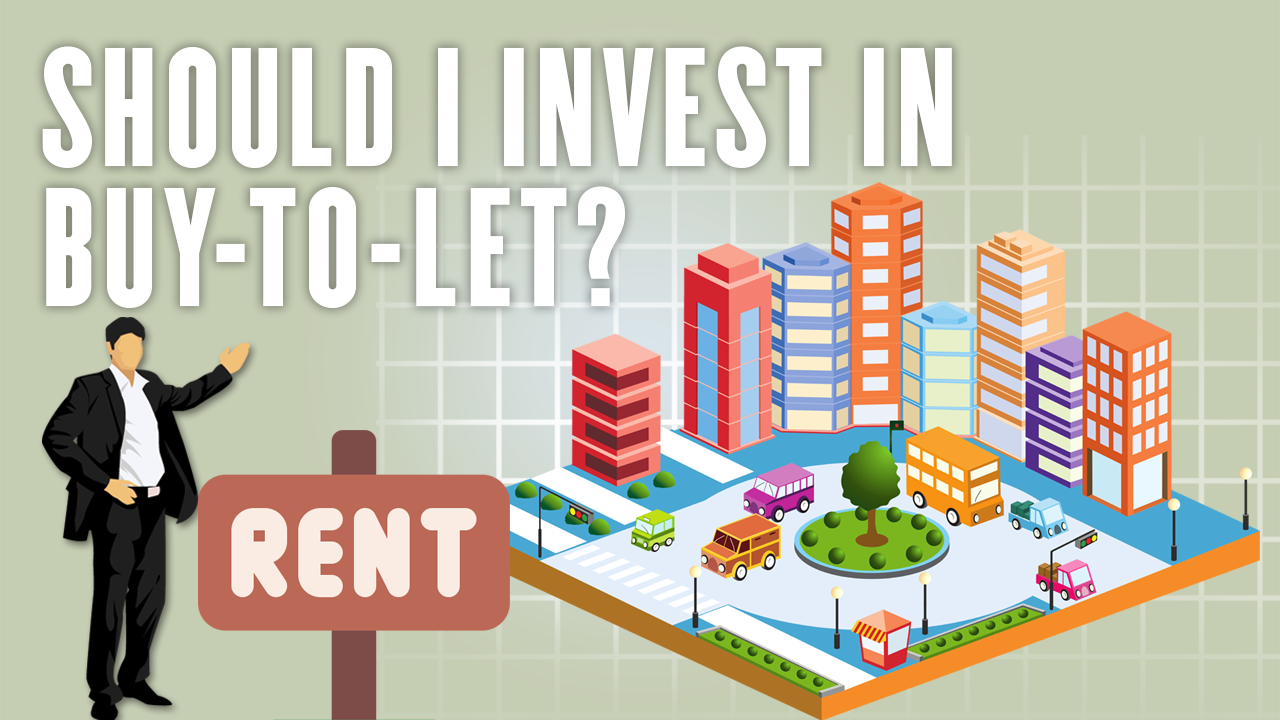In recent years, tax rules, stamp duty adjustments, and government actions have affected small landlords, especially concerning buy-to-let (BtL) properties. With rising interest rates and talk of a BtL decline, we’ll examine the financial viability in this article.
Should I invest in buy-to-let?

The question of “Should I invest in buy-to-let?” comes up frequently. Many aspire to own a property, rent it out, and generate income. While it might seem straightforward, we believe in providing accurate information. With 3% stamp duty surcharges and ever-increasing regulations, some landlords are uncertain.
In 2023, buy-to-let faces higher tax burdens, and saving a substantial 25% deposit is challenging. It’s natural to feel unsure about where to begin and if buy-to-let suits your circumstances. Let’s examine whether buy-to-let remains a viable investment in 2023.
How has buy-to-let changed?

Property price growth has recently slowed, making buy-to-let riskier. The government has also imposed changes in the tax system. In 2016, they introduced a 3% surcharge in stamp duty on additional properties like second homes and buy-to-let properties.
Since 2017, they’ve reduced mortgage interest relief. Previously, landlords could deduct mortgage interest before paying tax, benefiting higher-rate taxpayers with 40% tax relief. Now, landlords receive a 20% tax credit on mortgage interest, impacting higher and top-rate taxpayers.
A potential issue is that landlords must declare the income used to pay the mortgage on their tax return. This change might push some into higher tax brackets, resulting in a larger tax bill.
Is buy-to-let still a worthwhile investment?
The answer extends beyond tax implications and hinges on your investment goals and financial needs.
Pros of buy-to-let:
- Rental income potential, varying by location.
- Potential for property value appreciation, offering capital growth.
- Insurance options to protect against rental loss, damage, and legal expenses.
Cons of buy-to-let:
- Increased tax liability affecting profits.
- Risk of income loss without proper insurance during property vacancy.
- Capital reduction if property values decline, especially with interest-only mortgages.
- Considerable additional costs: stamp duty, insurance, and maintenance.
- Landlord responsibilities are substantial and require careful consideration.
- Some use buy-to-let for retirement income, drawing from their pensions for investment.
How do I get started with buy-to-let?
Becoming a landlord typically involves these five steps:
- Step 1 – Sort Your Finances: Consult a financial advisor to determine your investment amount and expected returns. Talk to a mortgage broker for the best deal or a mortgage in principle to be ready for property offers.
- Step 2 – Find and Secure a Property: This can vary in speed but allow several months for the process, even if the property is already for rent.
- Step 3 – Get Insurance: Aside from building coverage, consider protection for tenant injuries, damage, and lost rent.
- Step 4 – Attract Tenants: Choose between using an agency or finding tenants privately, depending on your involvement preference. Regardless, always create a legally binding contract.
- Step 5 – Manage Your Investment: Stay on top of your mortgage, handle property maintenance, and ensure tax efficiency with your rental income. An accountant can assist with the latter.
What tax do you pay as a landlord?
Since 2016, purchasing a second property incurs an extra 3% stamp duty tax. For instance, on a £300,000 property, an investor pays £9,000 more compared to a homebuyer. In Scotland, second property buyers, including buy-to-let landlords, face an additional 4% stamp duty.
MORE Buy To Let blogs HERE:
Buy To Let Defaults Surge with Rising Rates
Cashing Out of Buy To Let? Top Places to Make a Quick Sale
Why Are Buy-to-Let Mortgages Interest Only?
